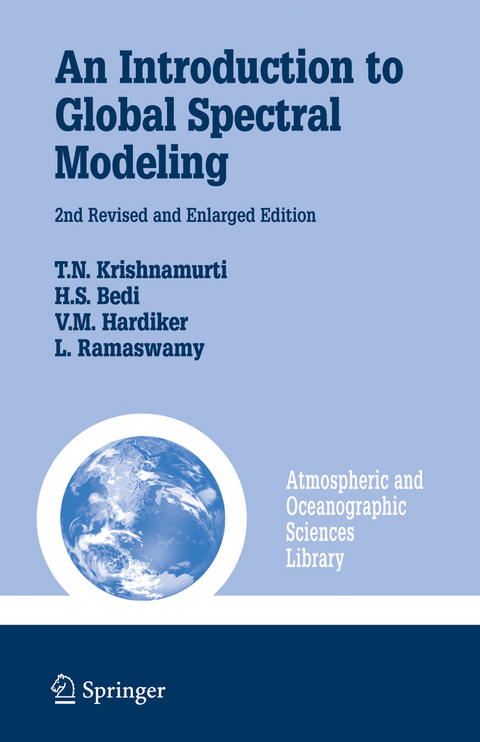
An Introduction to Global Spectral Modeling
Springer-Verlag New York Inc.
978-1-4419-2137-6 (ISBN)
T.N. Krishnamurti is professor of meteorology at Florida State University. He obtained his PhD in 1959 at the University of Chicago. His research interests are in the following areas: high resolution hurricane forecast (tracks, landfall, and intensity), monsoon forecasts on short, medium range, and monthly time scale and studies of interseasonal and interannual variability of the tropical atmosphere. As a participant in the meteorology team in tropical field projects, he has been responsible for the acquisition and analysis of meteorological data, which extends over most of the tropical atmosphere over several years and is now being assembled and analyzed. These data are unique; it is unlikely that a meteorological data record will be available for decades. Phenomenological interests include hurricanes, monsoons, jet streams, and the meteorology of arid zones. H.S. Bedi is affiliated with Florida State University. V.M. Hardiker is a research associate at Florida State University. L. Ramaswamy is a graduate research assistant in the Department of Meteorology at Florida State University.
An Introduction to Finite Differencing.- Time-Differencing Schemes.- What Is a Spectral Model?.- Lower-Order Spectral Model.- Mathematical Aspects of Spectral Models.- Multilevel Global Spectral Model.- Physical Processes.- Initialization Procedures.- Spectral Energetics.- Limited Area Spectral Model.- Ensemble Forecasting.- Adaptive Observational Strategies.
| Erscheint lt. Verlag | 23.11.2010 |
|---|---|
| Reihe/Serie | Atmospheric and Oceanographic Sciences Library ; 35 |
| Zusatzinfo | X, 320 p. |
| Verlagsort | New York, NY |
| Sprache | englisch |
| Maße | 155 x 235 mm |
| Themenwelt | Naturwissenschaften ► Biologie ► Ökologie / Naturschutz |
| Naturwissenschaften ► Geowissenschaften ► Geologie | |
| Naturwissenschaften ► Geowissenschaften ► Geophysik | |
| Naturwissenschaften ► Geowissenschaften ► Meteorologie / Klimatologie | |
| Technik ► Umwelttechnik / Biotechnologie | |
| Schlagworte | Global Spectral Modeling • meteorology • Numerical weather prediction • Weather forecasting |
| ISBN-10 | 1-4419-2137-0 / 1441921370 |
| ISBN-13 | 978-1-4419-2137-6 / 9781441921376 |
| Zustand | Neuware |
| Haben Sie eine Frage zum Produkt? |
aus dem Bereich


